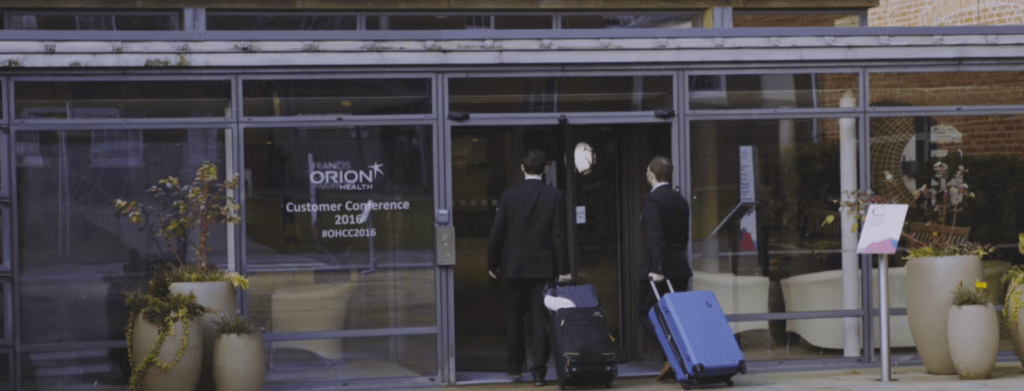Stephen Beattie, eHealth Programme Manager, Business Services Organisation.
Celebrating its five-year anniversary in 2018, the Northern Ireland Electronic Care Record (NIECR) is one of the most successful shared care records projects globally. Over the past five years, the solution has expanded substantially to include functionality, including medicines management, e-triage, radiology order comms, results sign off, a diabetes pathway and more. The team are currently working on a Patient Portal solution, initially targeted at those living with dementia, with the aim of enabling much better communication between patients, their carers and clinicians. Stephen Beattie gave an update at our UK & Ireland Customer Conference in November 2018.
Summarising the video:
Stephen Beattie, Health Programme Manager at BSO ITS, discusses the development of a patient portal project to support the dementia cohort in Northern Ireland. Though this might seem like a surprising first group, the choice was influenced by funding from Atlantic Philanthropies, championed by Irish-American philanthropist Chuck Feeney. This funding, matched by the Executive Office and Health Board, gave the project its initial momentum.
Vision and Philosophy
The patient portal is:
- Patient-owned and patient-centered.
- Designed to give patients more access to their health data, which is traditionally least accessible to them.
- A pathfinder project that allows the team to test and evolve concepts.
Why Start with Dementia Patients?
Due to Chuck Feeney’s personal connection to dementia and interest in Ireland, the funding allowed the project to begin with this group. The aim was to explore and refine the portal experience for that most needing support with health navigation.
Features and Phases of the Patient Portal
Phase 1
- View acute care appointments
- Access to a health library
- Shared files between patients and providers
- Circle of Care concept for collaborative care
Phase 2
- Goals feature (set and track goals with clinicians)
- Document services (surface clinical documents from the Northern Ireland Electronic Care Record)
Phase 3
- Medications and lab results
- Tailoring content for different levels of health literacy
User Experience and Branding
- The portal is branded “My Care Record.”
- Based on patient feedback (especially from the dementia cohort), the UI is kept clean and uncluttered.
- The onboarding process involves clinicians inviting patients via a secure, time-bound email link.
Key Functional Areas
- Appointments View: This includes past and future appointments; the goal is also to integrate GP visits.
- Health Library: A trusted, filterable source of clinician-approved health information.
- Shared Files: Patients and carers can upload content like videos to contextualise care better.
- Circle of Care: Allows patients to designate caregivers who can manage their portal access.
- Goals: Patients and clinicians collaborate on health goals, which can be tracked and updated.
- Document Services: Securely shows parts of the ECR to patients, prompting careful clinician engagement.
- Medications & Labs: Presented with varying degrees of detail depending on user needs and health literacy.
Challenges & Opportunities
- Security and architecture: This requires rigorous penetration testing before launch.
- Onboarding citizens: Balancing ease of access with robust identity verification.
- Consent and access control: Especially relevant for dementia patients and guardianship roles.
- Tension between clinicians and patients: What should be visible, and how it’s interpreted.
- Scalability: Plans to expand to diabetes, neurology, maternity, and more, avoiding siloed, condition-specific portals.
- Governance and Evaluation: Focused on patient feedback and usage statistics to measure success.
Cultural Shift and Strategic Outlook
Beattie emphasises the strategic importance of avoiding regression after launching the portal. Citing a tweet from Matt Hancock on patient record ownership, the project team committed publicly to this direction, anchoring it within the broader UK healthcare reform narrative.
He concluded with hope: despite the “emotional journey” of development, the team aims to go all the way, not just to a working prototype, but a system truly embraced by patients and providers alike.



